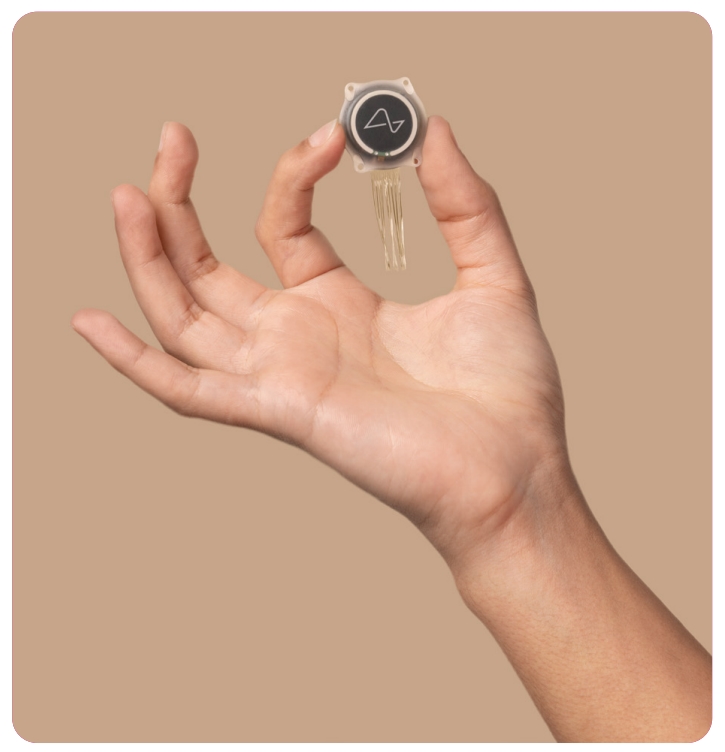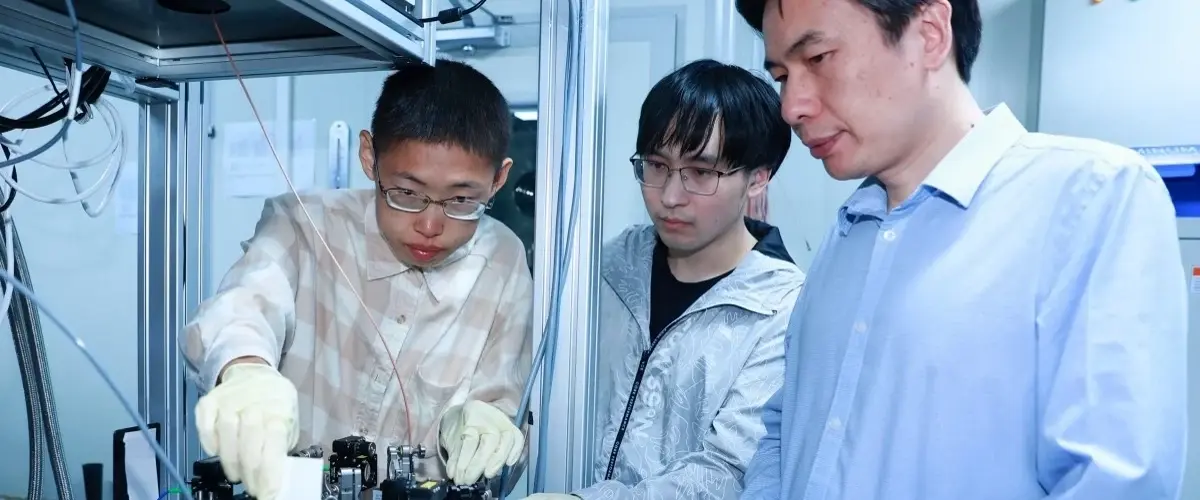A month ago, Musk announced the implantation of the first chip in a patient as part of pilot clinical trials, and last week he reported on the initial treatment successes. All the information is very fragmented and essentially comes only from the company’s founder. Scientists cannot assess the real effectiveness and safety of the neuroimplant due to the unexplained secrecy of the research. Moreover, Neuralink’s claims of initial success have already been called into question. According to experts, even external devices are capable of such results.
“The first patient with a Neuralink chip can control a computer mouse with their mind — they can move the cursor across the screen,” Elon Musk, founder of Neuralink, stated a few days ago. According to him, the volunteer has recovered without any visible side effects after the surgery. No other details about the course of the study are available.

The company’s website only publishes a brochure with general information, which does not even come close to meeting the scientific community’s requirements for publishing clinical research data. Neuralink’s research is also not registered on ClinicalTrials.gov.
“The company shares only the information they want to tell, so there is great concern,” commented Samir Sheth, a neurosurgeon specializing in neuroimplants. In addition to the scarcity of data, scientists criticize the fragmented information Musk speaks of.
“There is nothing new about a person being able to control a cursor. Such results in humans were first obtained back in 2004, and in experiments with primates even earlier,” stated scientist Bolu Ajiboye from Case Western Reserve University in Cleveland. According to him, even external systems can provide the user with such capability.
However, researchers are more concerned about the safety of the treatment than its effectiveness. Primarily, the long-term consequences of implantation and the operation of the wireless chip in the human body. Typically, safety data for any experimental treatment can be published at an intermediate stage, but upon completion of the trial, consolidated results are always available as a report and are published in scientific journals. It is highly doubtful that such data can be expected from Neuralink.

For example, it is still unclear whether a surgical robot was used for the implantation. “The company has published videos about it, but scientists still do not know how everything was implemented,” experts commented.
The capabilities claimed by Neuralink significantly exceed those of another neuroimplant, Blackrock Neurotech, which also does not require wires and records activity from individual neurons. Scientists now want to find out whether these features actually provide better signal quality and real benefits for humans.
Currently, other technologies for brain-computer interfaces are available. For example, the company Synchron implanted a chip in the first volunteers at the end of 2023, and the Chinese technology Neural Electronic Opportunity has already demonstrated effectiveness in controlling a prosthetic arm using brain signals.











